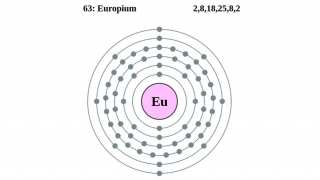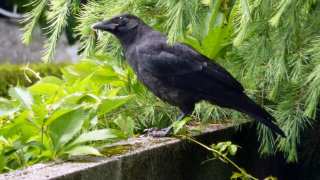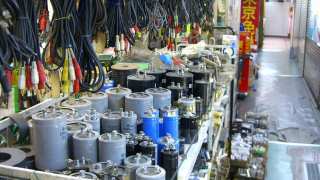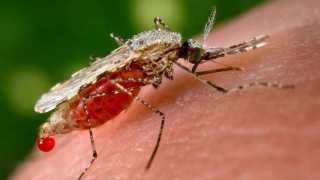As our reliance on digital devices increases apace, sometimes our patience levels decrease at the same rate. We’ve come to expect seamless streaming, near-instant downloads and constant access to information at the touch of a button. As such, our current wireless connection speeds are often proving themselves to be in need of upgrading.
Our networks are becoming increasingly clogged with a wide variety of connected appliances from not just smartphones and tablets, but fridges, lights, heating systems and TVs. Researchers have been looking at possible ways to improve our Wi-Fi speeds and a novel solution using infrared rays is showing surprising promise.
Joanne Oh from the Eindhoven University of Technology has been working in collaboration with the BROWSE project to refine and improve data networks which use light rays instead of radio waves to transfer information. Light fidelity, or Li-Fi, has been talked about since around 2011 but now its development is coming one step closer to becoming a reality. Whilst it’s unlikely to be available in homes for quite some time, it may well be adopted by corporations in their workplaces within the next five years.
Li-Fi uses light, specifically in the infrared wavelength, to provide data. So, rather than wireless data coming via radio signals from a router in your home, the network is instead based on a series of ‘light antennas’ mounted throughout a property. These antennas provide a ray of infrared light from an optical fiber. They contain what is known as a ‘passive diffraction gratings’ which radiate different wavelengths of light at different angles.
There are some massive advantages of this system when compared to standard Wi-Fi. Firstly, users and their individual devices do not need to share capacity because each device is assigned a different wavelength of light. Secondly, there’s no need to worry about the Wi-Fi signal being out of range because there will be a range of antennas dispersed about the house. So as you move out of range of one, another simply takes over. Radio signals transmitted by the device itself to the antenna will be used to let the system know when it needs to ‘jump’ to the next antenna. Lastly, there won’t be any interference from nearby Wi-Fi networks.
This system has the potential to provide much faster speeds than traditional Wi-Fi. It’s suggested that speeds could reach data transfer rates of up to 40 Gbps per ray of light, which compared to the very highest (but rarely reached in reality) transfer speeds of 300 Mbps of Wi-Fi is a fantastic step forward. Whilst some other Li-Fi systems that are currently in development use light to both upload and download data, the current Li-Fi system set up at the University of Eindhoven only uses light rays to download data. Uploads can still be achieved using standard radio signals from traditional Wi-Fi. This is because uploading requires far less capacity than downloading.
Because this system uses infrared light, it is completely safe because this wavelength is not detectable to the human eye. Whilst this technology is quite a way from making it into our homes just yet, it may well start to become a viable alternative to provide us with seamless connectivity into the future.
Top image: Partial map of the Internet based on the January 15, 2005 data found on opte.org (CC BY 2.5)
References
http://newatlas.com/infrared-light-faster-wifi/48530/
https://futurism.com/researchers-just-unveiled-a-new-li-fi-system-thats-100-times-faster-than-wi-fi/







No comment